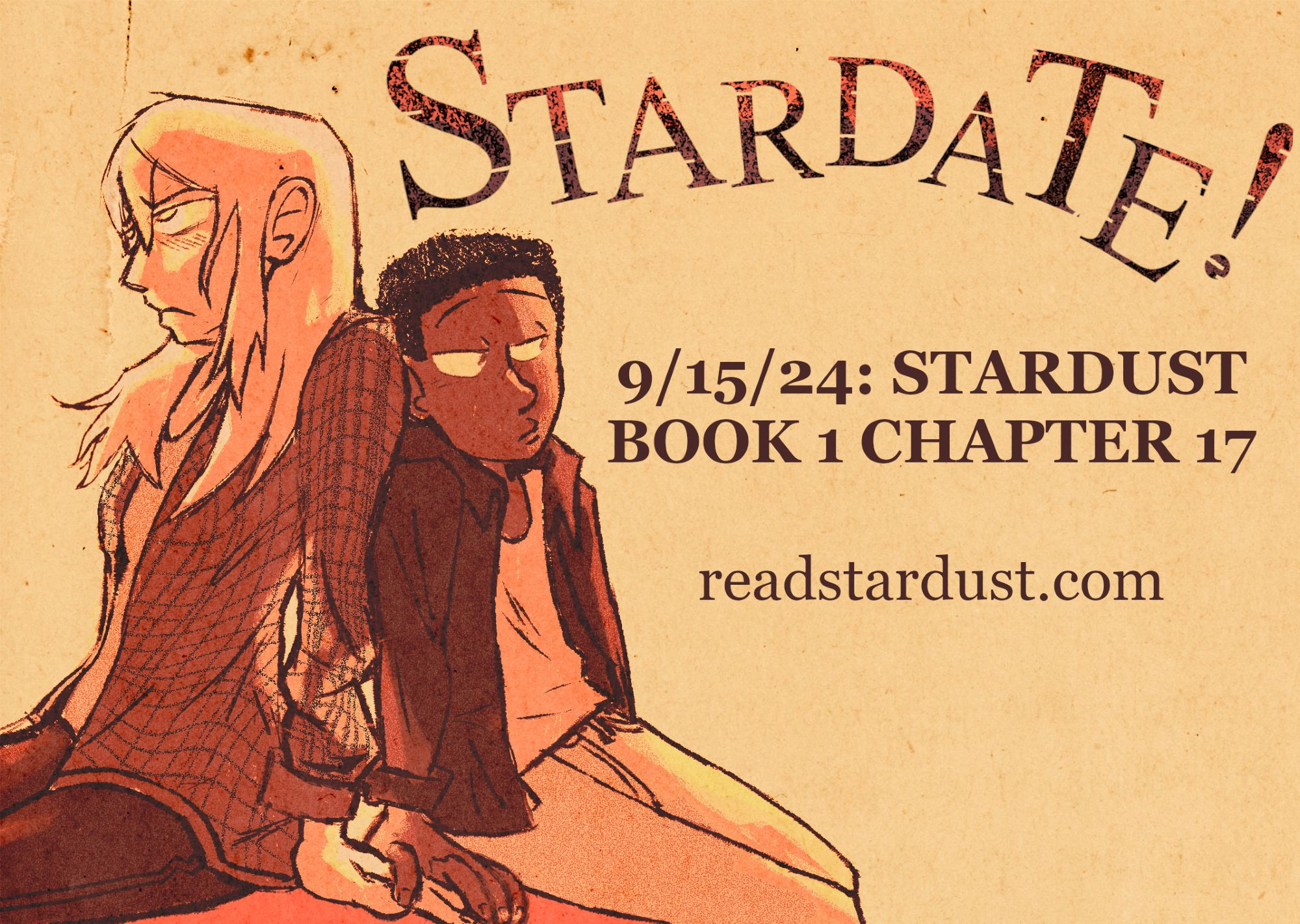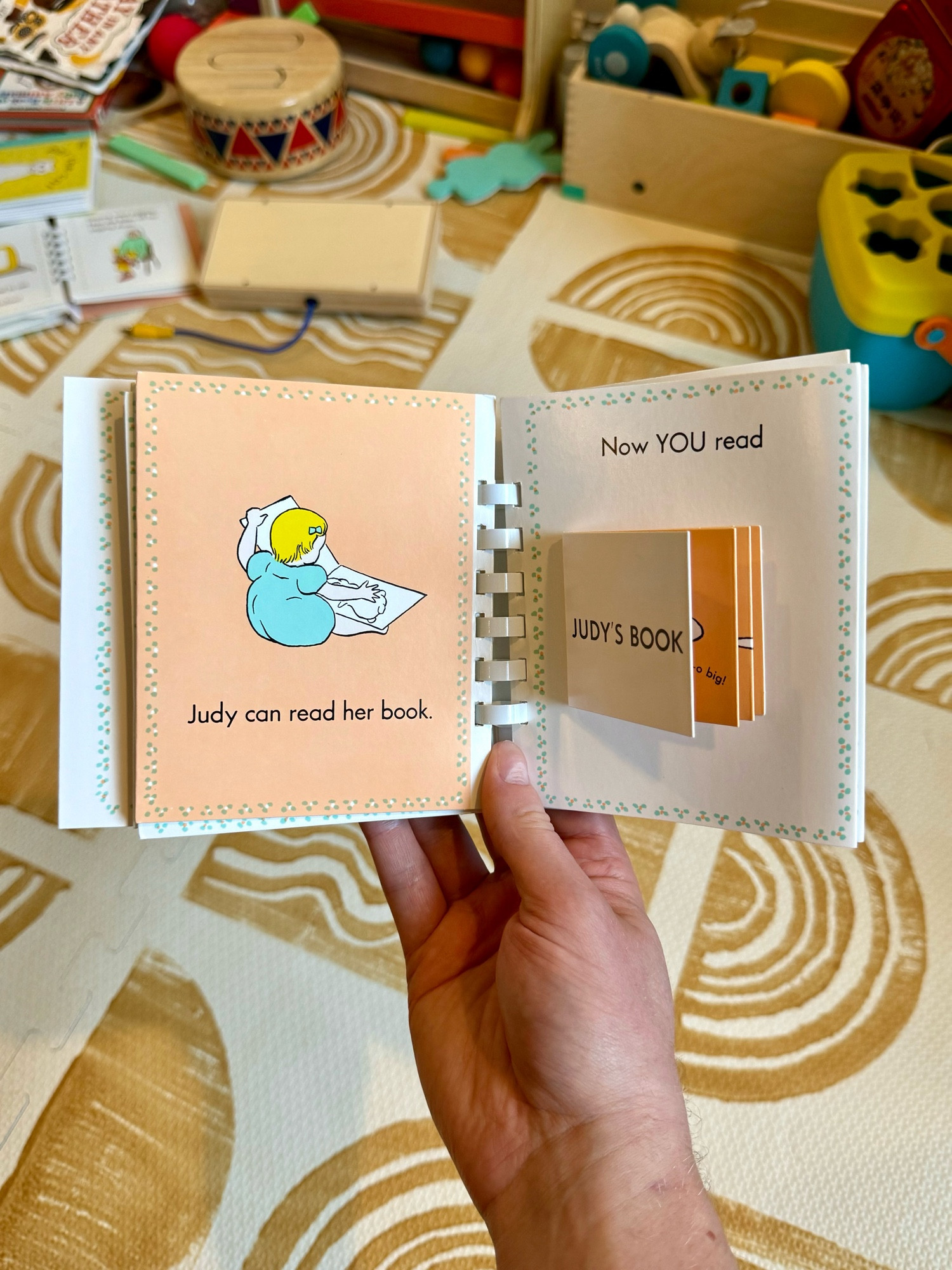metafiction, silicone, tapioca, etc
the first ever metafiction novel about metamours will of course be a Cloud Atlas like nested novel where you follow polyamorous people over the course of their lives and partners that come and go. but they'll also talk about being in a dang book.
The older I get the more I realize young me was correct, “Duck Amuck” is the absolute height of comedy. Metafiction peaked c. 1953.
I reviewed the excellent UFO 50 for @polygon.com. It’s a love letter to the 8-bit era, yes, but also a wonderful bit of metafiction that celebrates developers, creativity, and iteration. It’s out today. Make time for this one—or this 50.
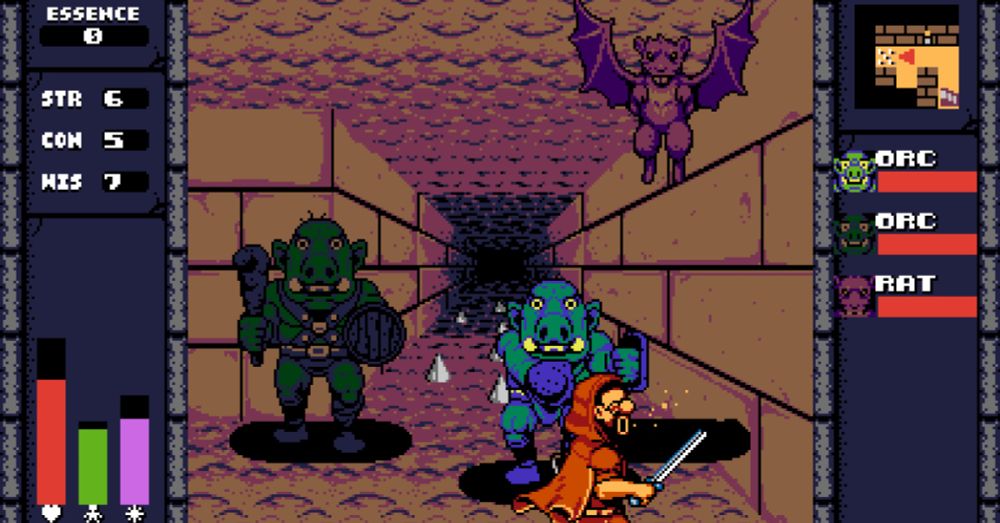
Presenting itself as an anthology of all 50 games developed by UFO Soft, a fictional game studio active from 1982-89, UFO 50 is all about breadth and variety.
gotta stop looking at this "metafiction," represented by an image of don quixote & sancho panza, is just above bottom-tier & beside "references" i'm gonna taste somebody's marrow over this
I do not disagree, this is bad and pointless. I ran it through GPT to see how bad it would be, and it violently disagrees with this graphic.
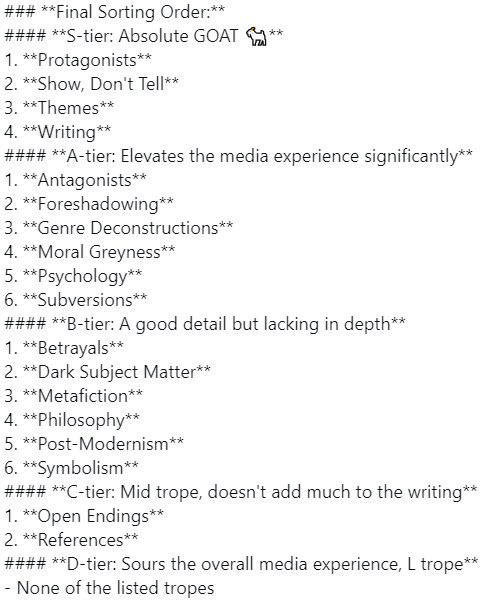
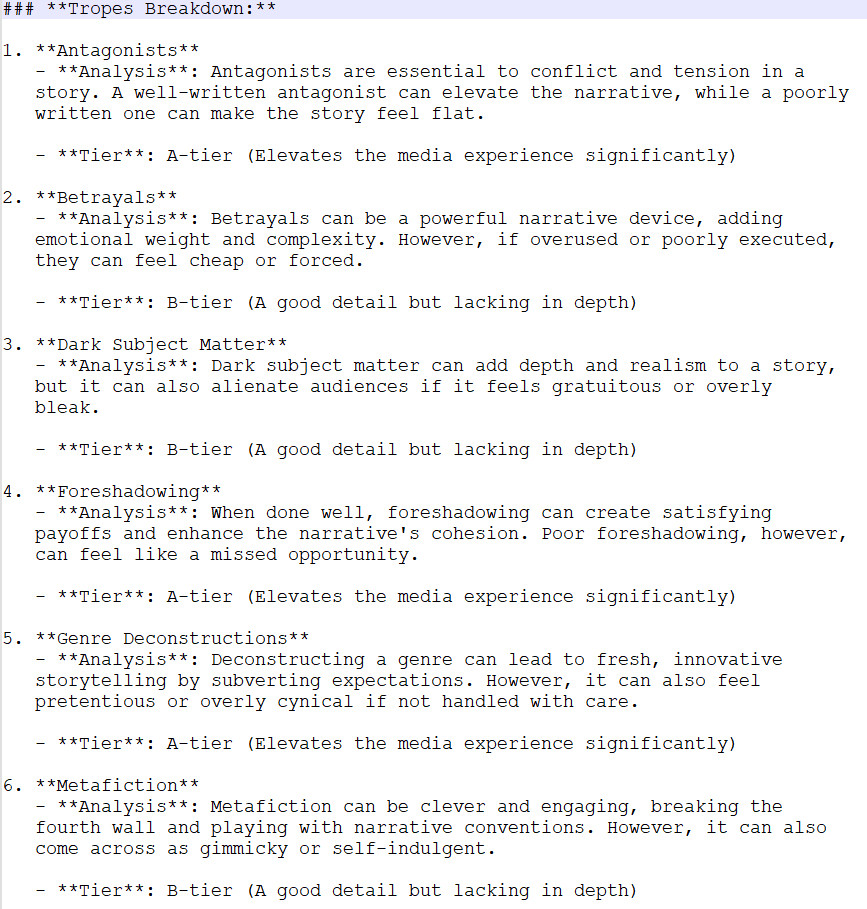
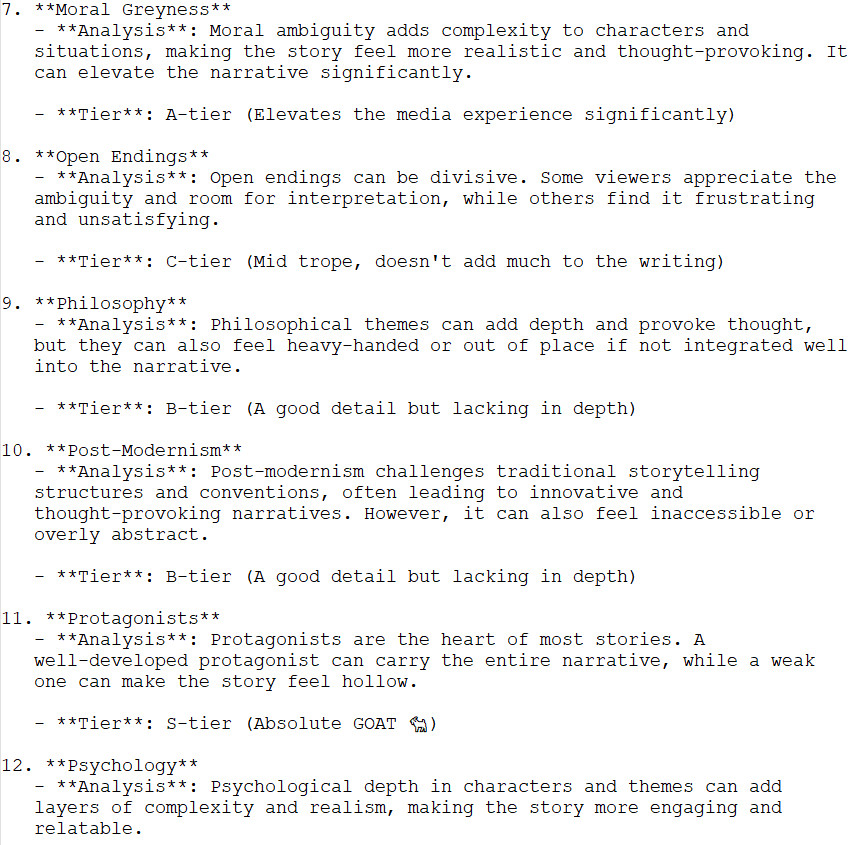

This is the kind of metafiction I adore.
also, it is the first part of a complex metafiction that will most likely consume decades of my life. but that's not super relevant here.
if you like dystopias but wish they were more about metafiction, gay relationship drama, and cosmic horror than they were about shooting people, you might enjoy picking up stardust, my dystopian sci-fi horror metafiction about a psychotic military cult victim and her repressed best friend.
